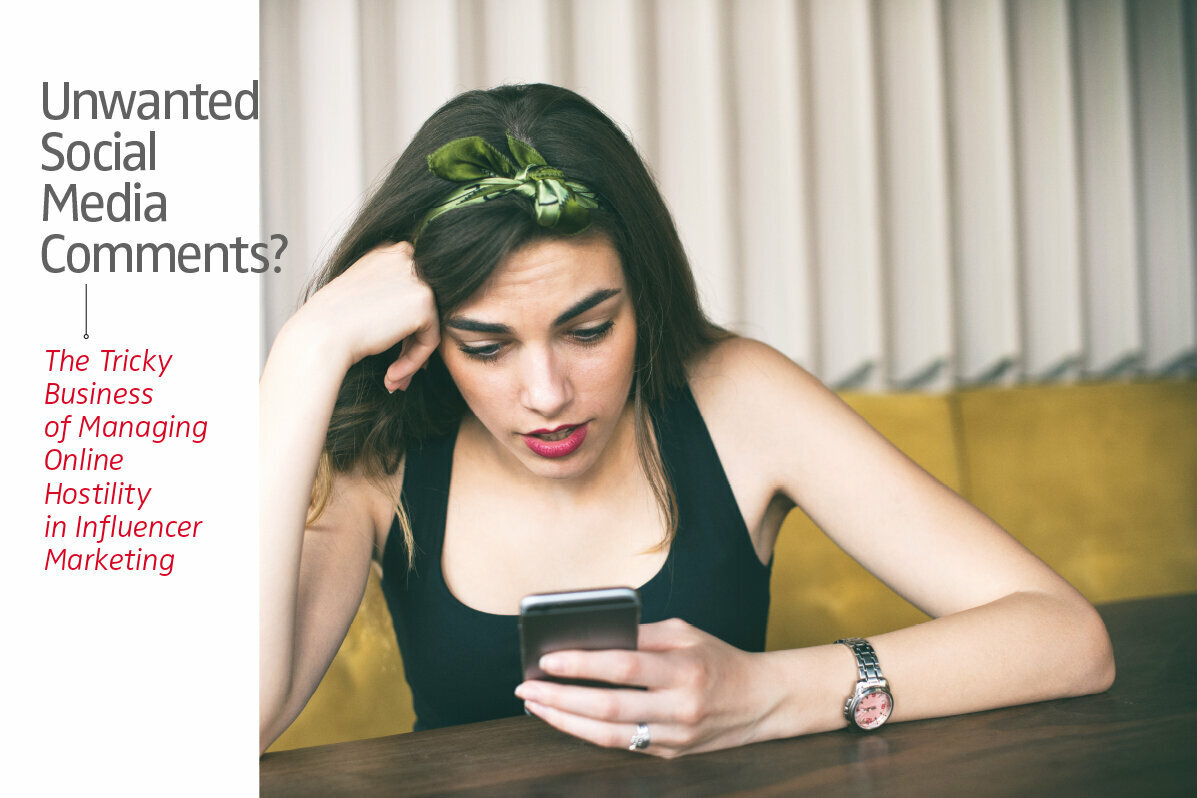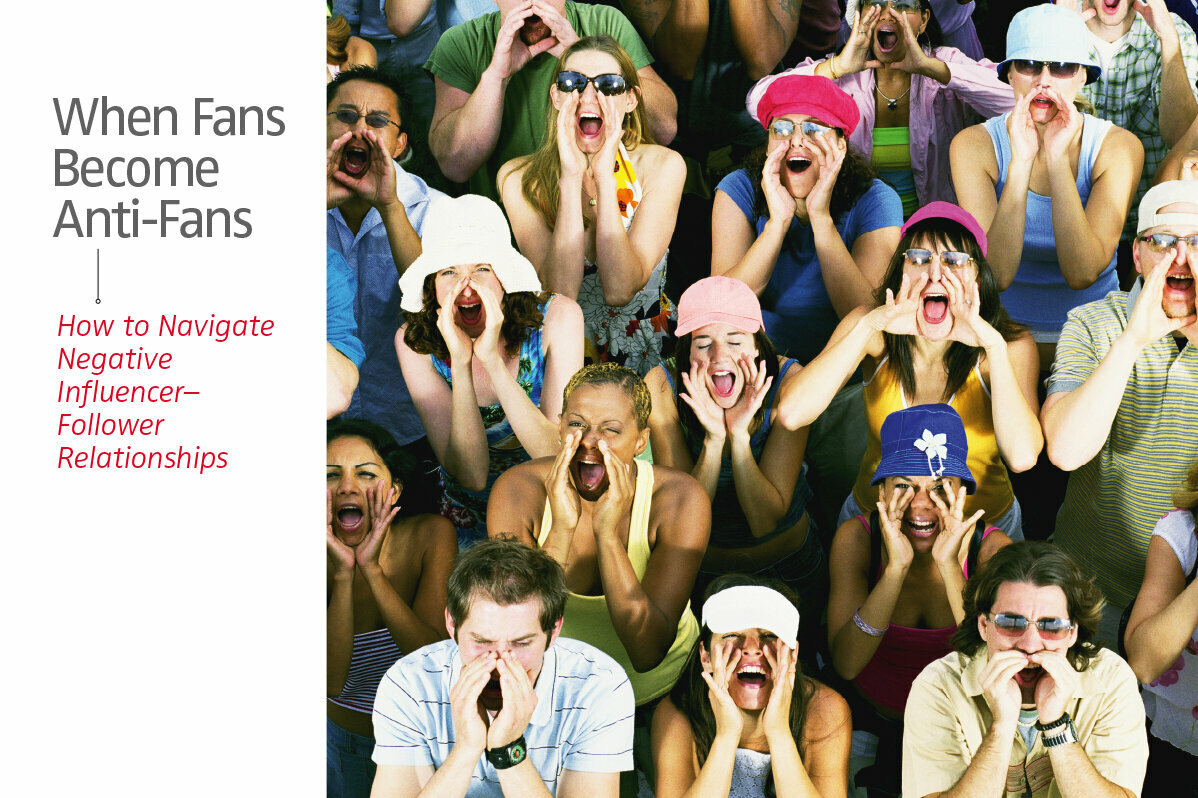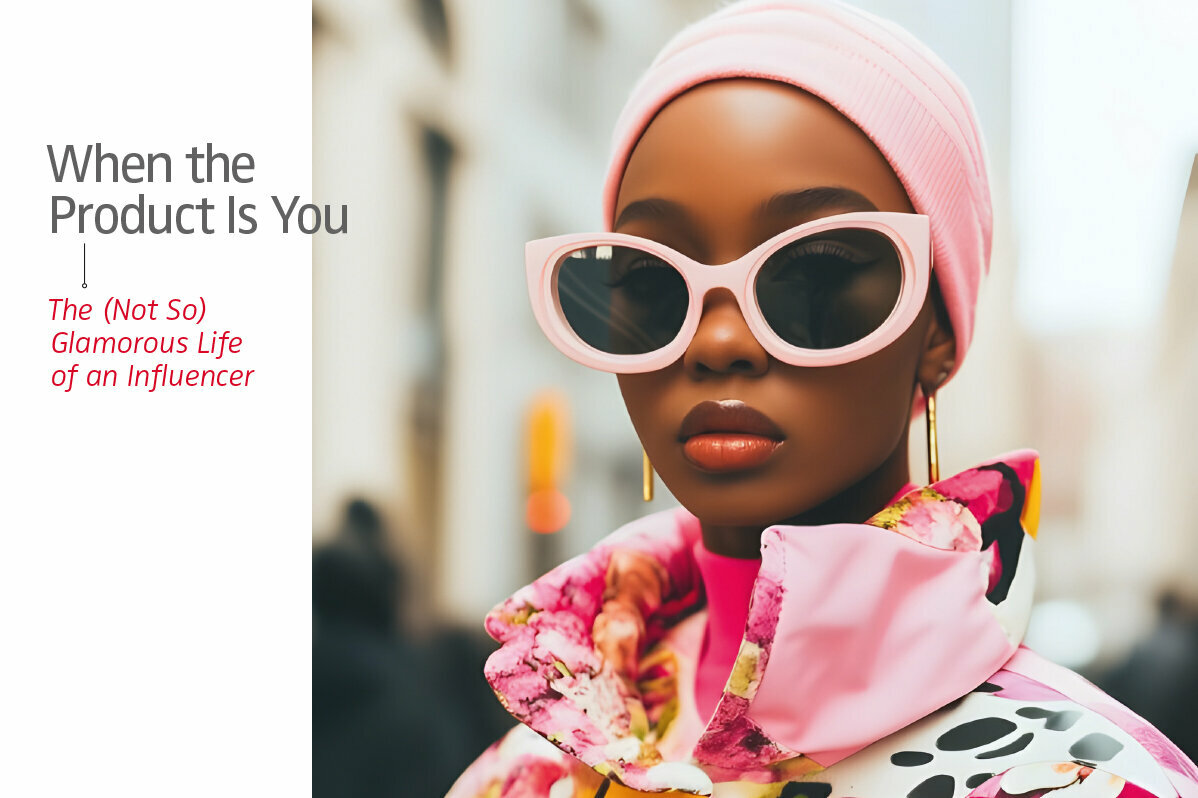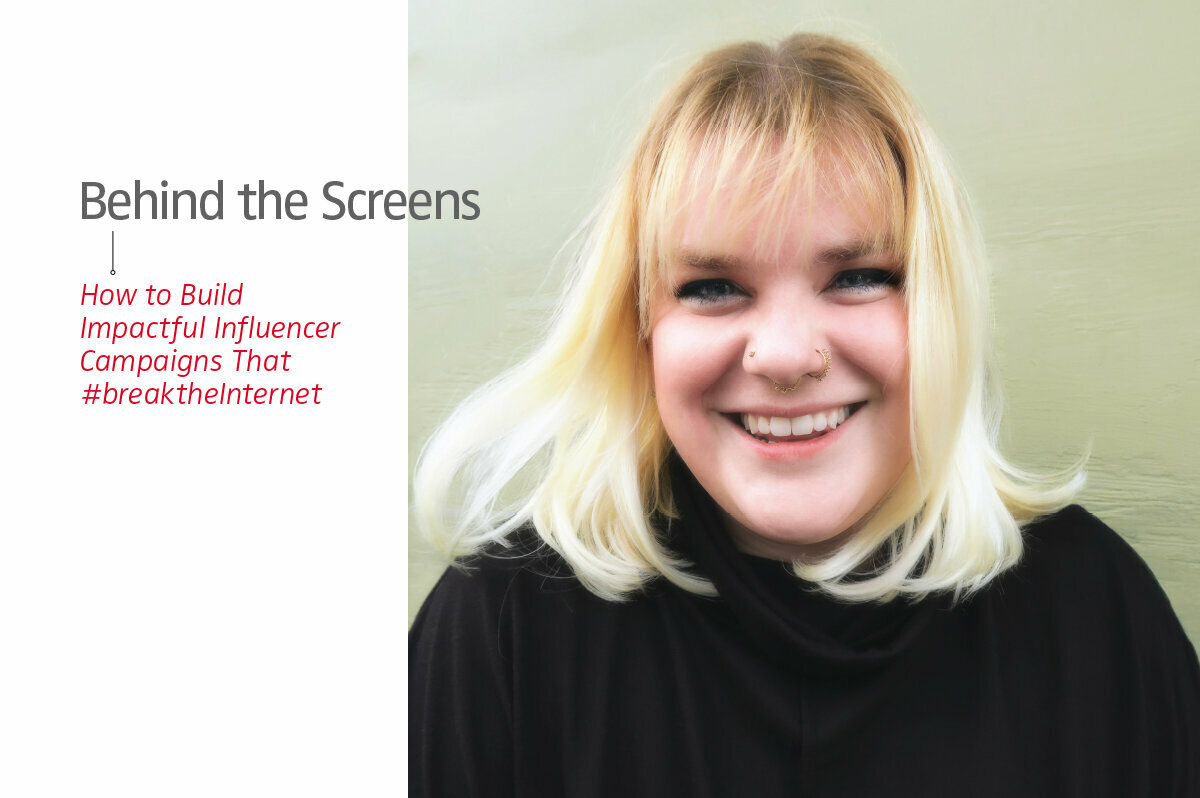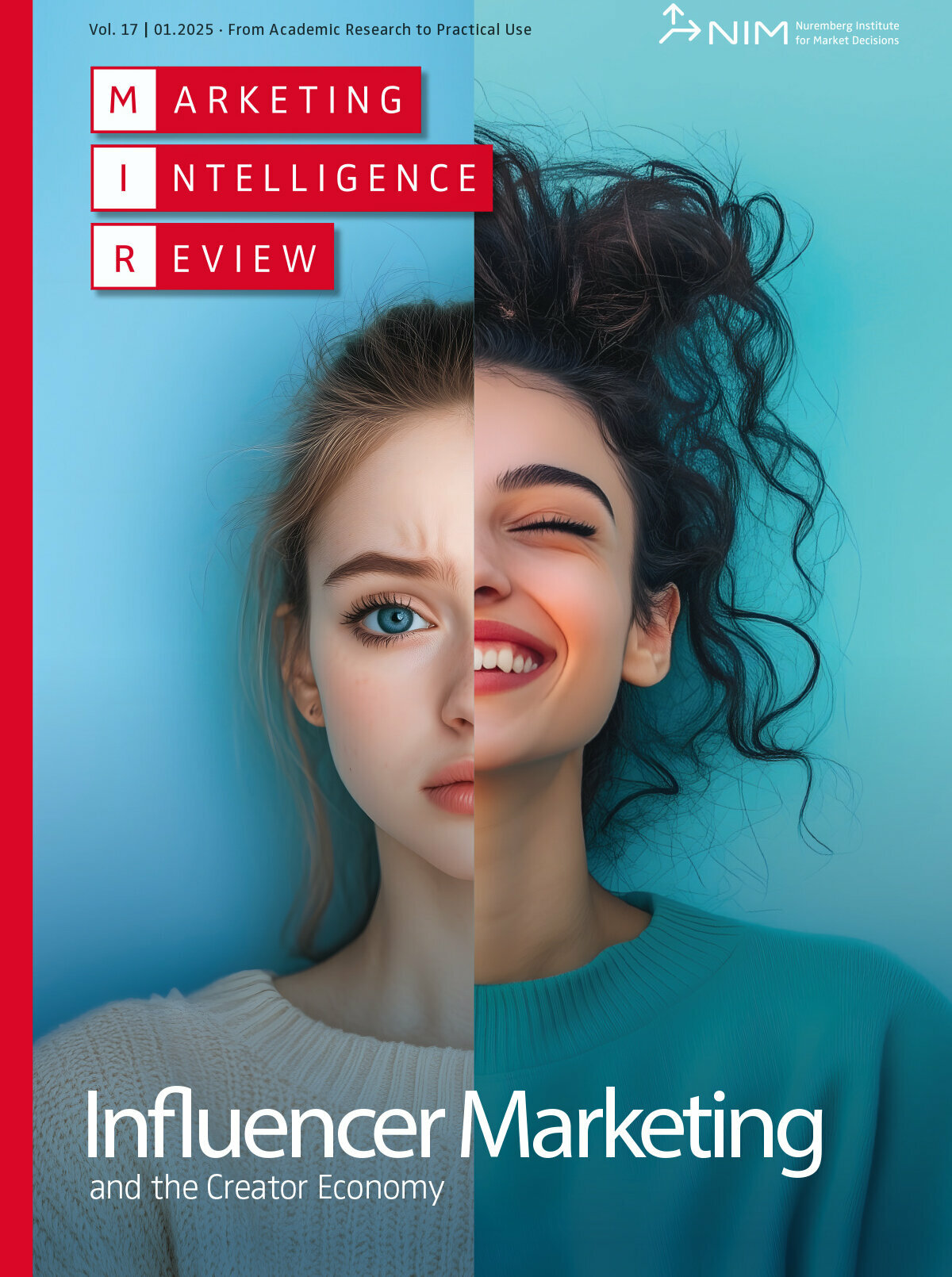Optimizing Influencer Mix Strategies for Livestream Commerce: Insights from China
One key challenge companies face in influencer marketing is deciding how to best allocate their budget: Should they collaborate with a mega influencer who has more than one million followers for broad reach or work with several smaller influencers to drive more targeted conversions? This decision becomes even more complex when companies choose to collaborate with a mix of mega and smaller influencers, leveraging the strengths of each to maximize impact. In our research, we focused on livestream commerce on TikTok, which goes under the name of Douyin in China, to study effects of different influencer campaigns. In today’s fast-paced world of online shopping, livestream commerce has emerged as a powerful tool for companies. Box 1 and Figure 1 describe key elements of and insights from livestream commerce. We took a deep dive into the sales effectiveness of different influencer mix strategies in this environment, providing key insights to help businesses optimize the influencer mix strategy, tailor campaigns to fit their product offerings and learn from China’s livestream ecosystem.
Mega or smaller influencers? Combinations do not always work well
Many marketers assume that more influencers lead to better results. Mega influencers, with their vast followings, are ideal for building brand awareness, while smaller influencers, with their close relationships with their loyal audiences, excel at driving engagement. However, combining mega and smaller influencers does not always lead to better results. Surprisingly, we found a negative interaction effect when both mega and smaller influencers (with less than one million followers) promote the same product. Consumers may become skeptical when they see a mix of influencers endorsing the same product. This can erode trust, particularly in mega influencers. Furthermore, livestream sales driven by mega influencers can take a significant hit if a smaller influencer has previously promoted the same product. Interestingly, the reverse is not true—when smaller influencers endorsed the same product after it had been promoted by mega influencers, no adverse effect was apparent (see Figure 2).
For managers, it is crucial to plan the influencer mix strategy carefully. For example, mega influencers can be utilized to create initial awareness and seeding, while smaller influencers can follow up with more personal reviews and detailed experiences to persuade conversions. This is supported by our research findings: Starting with a mega influencer and then introducing smaller influencers can mitigate the negative interaction effect and improve overall campaign performance.
Tailoring livestream campaigns: Match influencers to products
The effectiveness of influencers is not one-size-fits-all. Several key factors, such as price discounts, product categories and the number of products promoted in a single livestream, all influence how well an influencer can drive sales. Understanding these dynamics is crucial. Here are some insights brand managers can use to optimize their livestream strategies.
> Offer deep price discount when you collaborate with mega influencers
Price plays a big role in grabbing attention, but the impact varies depending on the influencer’s size. Mega influencers, with their broader reach, see greater success when promoting products with deep discounts. Their audience is drawn to exclusive, great deals. On the other hand, smaller influencers rely more on personal trust and connection. Their followers are less swayed by deep discounts and more influenced by authentic product recommendations. So, if the goal is to boost sales, using mega influencers alongside competitive discounts is a smart move.
> Focus on one product category when you collaborate with mega influencers
When it comes to product categories, mega influencers perform best when they specialize. Focusing on one or a few related categories allows them to establish credibility and expertise, which resonates with their audience. Promoting too many diverse products in one livestream can weaken their influence and reduce trust. However, smaller influencers can handle a wider variety without losing effectiveness, as their audience is more forgiving and loyal. For brands, aligning with a mega influencer means aiming for category-specific livestreams to maximize results.
> Limit the number of products promoted by mega influencers in a livestream session
Promoting more products in a livestream may seem like a way to attract a broader audience, but it can backfire if it undermines trust in the influencer’s recommendations. Mega influencers, in particular, are expected to curate carefully and offer expertise. Too many promotions can dilute their impact. Smaller influencers, with their closer audience relationships, tend to have more flexibility in this area. Managers should carefully consider how many products to include in a single stream, balancing the desire for visibility with the need to maintain trust and credibility.
In short, tailoring livestream campaigns to the type of influencer and product strategy is essential. Mega influencers thrive on specialization and discounts, while smaller influencers’ advantages are trust and connection. By aligning campaign tactics with these insights, managers can better drive both brand awareness and sales performance.
If the goal is to boost sales, using mega influencers alongside competitive discounts is a smart move.
Key insights for adapting global livestream strategies
For managers looking to replicate the success of livestream commerce in their own markets, here are several key insights:
> More is not always better with influencers
Avoid assuming that more influencers will automatically yield better results. Carefully evaluate whether combining mega and smaller influencers fits your product and audience, as it can backfire if consumers question the authenticity of the endorsements. If you do adopt a mix strategy, the order of influencers matters—start with mega influencers to build awareness, then follow up with small influencers for deeper engagement.
> Align influencers with your product and livestream design
The effectiveness of influencers varies significantly across price discount levels, product categories and number of products in a livestream. Once you have selected the right influencers, ensure the livestream is designed to maximize their impact. A well-executed livestream tailored to both the influencer and product can significantly boost results.
> Simplify the shopping experience
Engage viewers first with entertainment and interactive features, and then make purchasing as seamless as possible. By integrating e-commerce directly into your platform, you can turn high viewer engagement into immediate sales during the livestream.
Optimizing influencer mix strategies for livestream commerce requires a nuanced understanding of the dynamics between mega and smaller influencers. By carefully selecting your influencer strategy, designing tailored campaigns and drawing insights from China’s leading livestream ecosystem, managers can create more effective marketing strategies.
FURTHER READINGS
Gu, X., Zhang, X., & Kannan, P. K. (2024). Influencer mix strategies in livestream commerce: impact on product sales. Journal of Marketing, 88(4), 64–83. https://doi.org/10.1177/00222429231213581



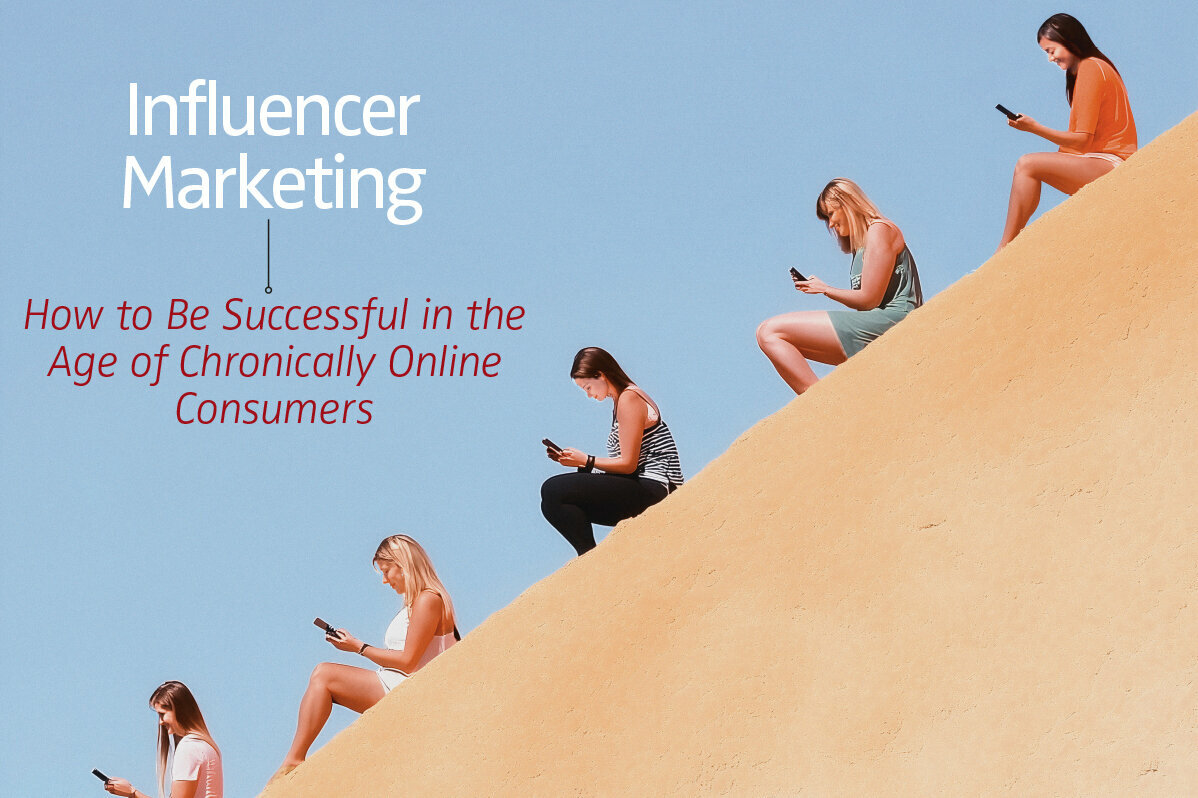
![[Translate to English:] Cover Reosengren ea deutsch](/fileadmin/_processed_/4/8/csm_Startbild_Rosengren_17_1_DE_62e08de5ba.jpg)
